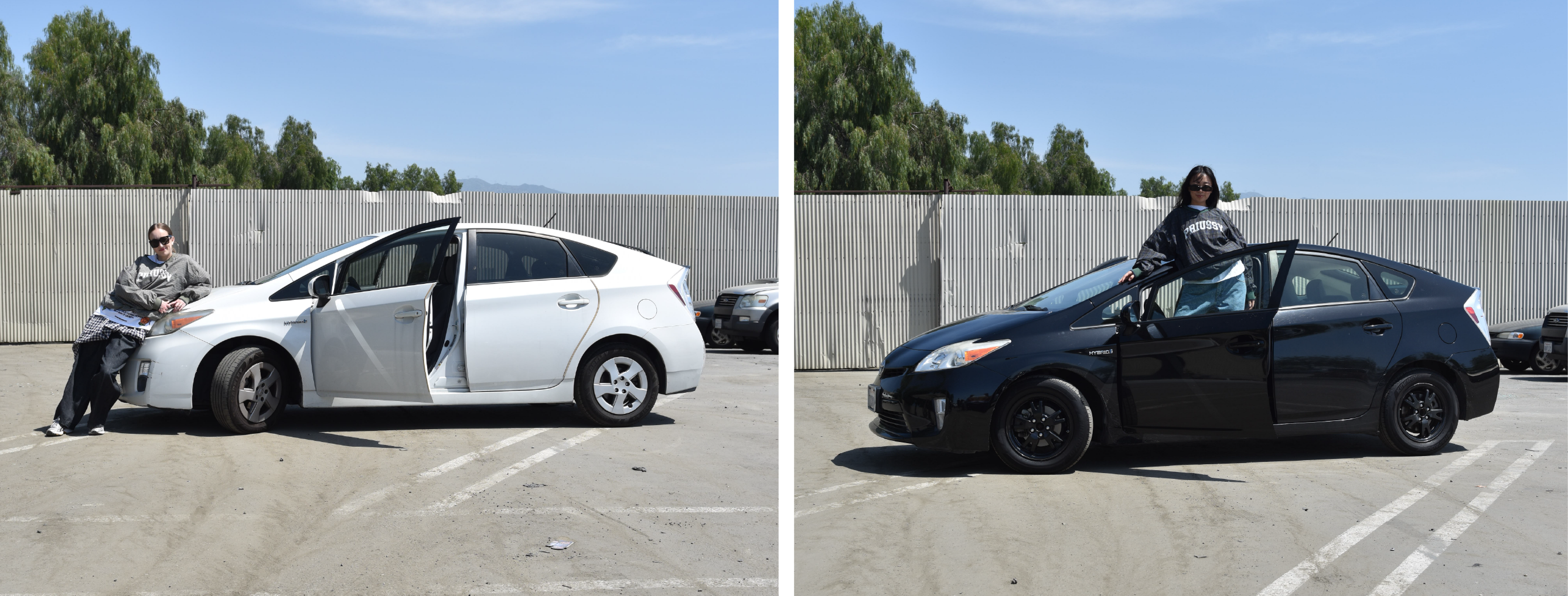Sustainability and ethical manufacturing are at the core of everything we do.
DEADSTOCK FABRICS
There is still a lot to be learned about how sustainable deadstock fabric is. The way STREET GRANDMA defines it: the remaining 40 or less yards of the left over fabrics of other fashion houses who overestimated their needs. Sometimes brands, mills, fashion houses will hold onto these fabrics for a few seasons before sending them to landfills. It's kinder to the planet because we aren't creating anything new and we are truly getting the last ends of bolts that big brands can't utilize. But there are downsides - like the unknown nature of the fabric and the lack of transparency in the manufacturing process.
LOCAL MANUFACTURING
100% of our cut and sewing is done in small, family owned factories in Los Angeles. When we first started this venture, cut and sew was a way to fully execute our vision, an opportunity to learn how clothes are made, and a way we could be more transparent about where our stuff comes from. I mean, what does sustainable even mean? What does ethical manufacturing look like? Who are the people that make the clothes we love? During this process, we've learned so much and we have so much appreciation for the craftsmanship and for the people who make the clothes we love.
ORGANIC COTTON & UPCYCLING
We always aim to choose the lowest impact version of the material we want to use. Organic cotton is big for us because compared to conventional cotton: it's traceable, uses 87-97% less water, no synthetic pesticides, 45% less GHG emissions, and way better for soil health (Textile Exchange, 2016). Because synthetic fabrics are more easily recycled without impacting the integrity of the material, for any polyester or synthetic material, we always aim to use the recycled materials.

A sustainability bonus:
We run all company errands in our twin Priuses, the official car of STREET GRANDMA.

